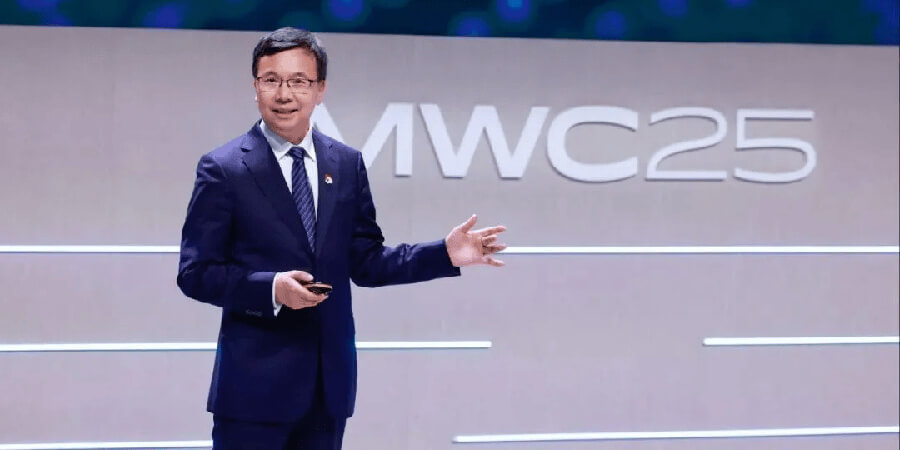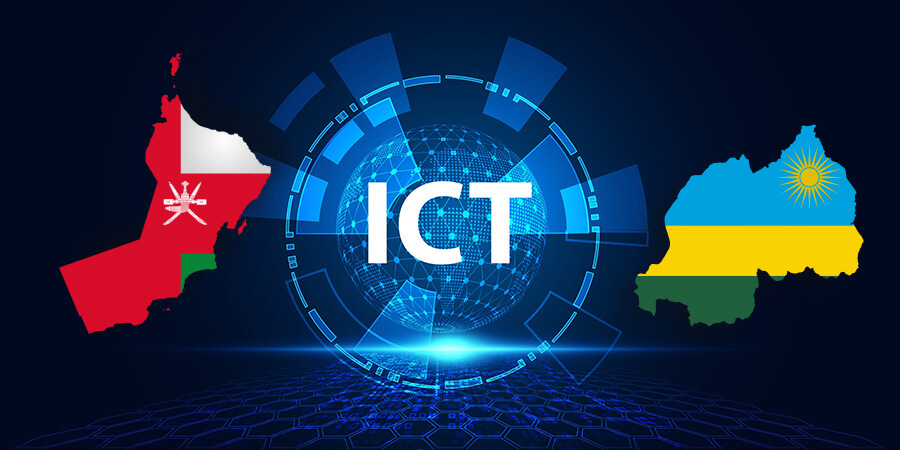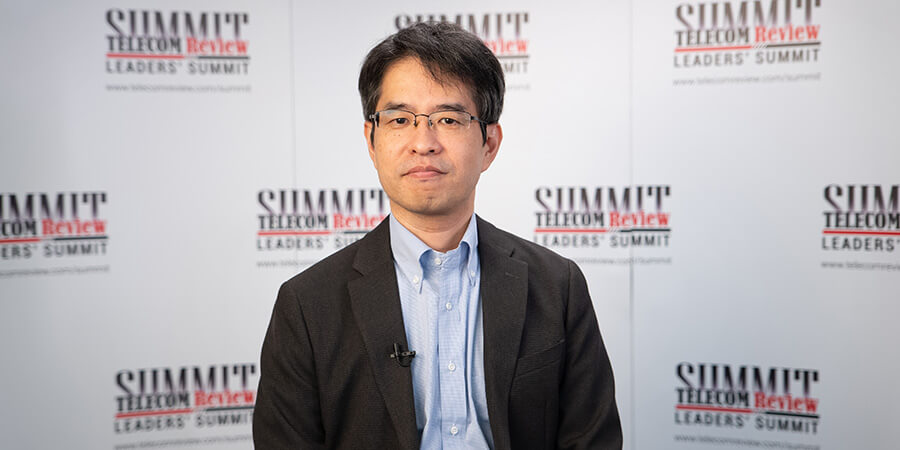The communications space is growing as disruptive internet companies are increasing their dominance. Communications service providers (CSPs) need their own digital strategies and action plans to face the challenge of this changing business environment.
The last decade was quite a challenge for CSPs who experienced diminishing returns due to market saturation, price pressure and consumer demands for increasingly complex mobile services, as well as the rise of over the top (OTT) competitors who are able to provide free communication services over the internet.
On one side, the physical, network-centric world is being disrupted by software-defined, cloud-based network and on-demand micro services, which help to optimize operational costs and brings in IT agility. On the other side, new consumer experiences are getting defined by the internet companies, and customers are no longer content to take what they are given or accept a process because it suits the limitations of a CSP's technology platform. In response, CSPs must now turn to new strategies by removing internal process, organizational and technical barriers to manage growing customer expectations and bring in new services with speed and business model agility and reduced opex.
Have you ever wondered what the implications are of a digital transformation for a CSP's businesses? The importance of making this transition from a legacy CSP to becoming a proficient digital enterprise must not be understated, given the fate of digital and non-digital companies in other industries. CSPs must consider collaborating with disruptive brands and adopting new digital business and operating models in order to avoid an unfortunate fate. As an example, the fortunes of online and on-demand film and TV site Netflix are soaring; whereas, Blockbuster, the physical store for DVD rentals, has gone bankrupt.
CSPs need to anticipate not just what their closest rivals will offer, but also their current relationships and the systems and platforms that currently support them. They must understand that everyone, even these disruptive brands, is a potential business partner for forging mutually beneficial commercial relationships with, to deliver the services and experiences that customers will truly value.
Another key part of a digital transformation strategy is commercial transparency. CSPs must combine commercial transparency and a new ecosystem of partners to deliver services that address businesses' needs, noting that consumers value speed, reliability, agility and innovation.
When it comes to agile technology and automated processes, this will lead to faster service deployments and response times. CSPs will also need to be able to process and compute data on a vast scale. By automating crucial processes such as order capture, fulfillment, billing and payments, CSPs will be able to capture and generate relevant data sets to enable them to operate business with data-driven decisions based on analytics. Machine learning should also be used to learn and respond with event-triggered actions to manage churn, loyalty, personalized offers, monitor order fall-out, network performance and care operations.
Moreover, CSPs will need to ensure that their own architectures, processes and systems are developed to open standards. However, if CSPs want to leverage their existing estates, they need to ensure that they can interface with potential new partners.
As the ecosystem grows, no single organization will be in a position to manage it from end to end. This will increase the need for a common set of standards so that large and small developers and partners can all be part of the ecosystem. It will also ensure that CSPs are not locked into an unending cycle of multi-vendor integration and migration programs.
Virtualization is another enabler for the digital world and one that also addresses CSPs' need to reduce both capex and opex. Virtualizing platforms allows CSPs to pay as they grow for the activation, billing or CRM of new digital services. They can also use the same approach to support their own wholesale and enterprise customers by embracing a new business model that will deliver greater flexibility in cost structures, pricing, and innovation of digital services.
CSPs are keen to adopt virtualized platforms and many have begun to migrate service and application management and revenue management systems to private and hybrid cloud environments. Virtual and cloud-based systems will also be especially important for supporting the internet of things (IoT) services in adjacent sectors.
Compared to the traditional telecoms approach, the digital world requires a more expansive and customer-facing interpretation. In summary, there is a strong case for CSPs viewing the digital world as a greenfield project.
This approach would leave them free to deploy light, scalable, flexible systems that are cloud-based, without integrating the new legacy systems. If the system is easy and quick to install and operates at web-speed, it will be able to support new digital services and potentially help CSPs to become serious competitors and viable partners for the disruptive brands.























































